Hypnotist Dr. Caligari uses a somnambulist, Cesare, to commit murders.
Кабинет доктора Калигари (1920) Online
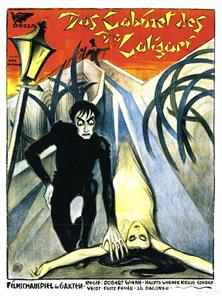
Francis, a young man, recalls in his memory the horrible experiences he and his fiancée Jane recently went through. It is the annual fair in Holstenwall. Francis and his friend Alan visit The Cabinet of Dr. Caligari, an exhibit where the mysterious doctor shows the somnambulist Cesare, and awakens him for some moments from his death-like sleep. When Alan asks Cesare about his future, Cesare answers that he will die before dawn. The next morning Alan is found dead. Francis suspects Cesare of being the murderer, and starts spying on him and Dr. Caligari. The following night Cesare is going to stab Jane in her bed, but softens when he sees the beautiful woman, and instead of committing another murder, he abducts her. Jane's father awakens because of the noise, and he and some servants follow the fleeing Cesare. When Cesare cannot outrun his pursuers anymore, he gently places Jane down on the ground, and runs away. Francis and the police investigate the caravan of Dr. Caligari, but the ...
| Complete credited cast: | |||
| Werner Krauss | - | Dr. Caligari | |
| Conrad Veidt | - | Cesare | |
| Friedrich Feher | - | Francis (as Friedrich Fehér) | |
| Lil Dagover | - | Jane Olsen | |
| Hans Heinrich von Twardowski | - | Alan (as Hans Heinrich v. Twardowski) | |
| Rudolf Lettinger | - | Dr. Olsen |
Writer Hans Janowitz claims to have gotten the idea for the film when he was at a carnival one day. He saw a strange man lurking in the shadows. The next day he heard that a girl was brutally murdered there. He went to the funeral and saw the same man lurking around. He had no proof that the strange man was the murderer, but he fleshed the whole idea out into his film.
The sets were made out of paper, with the shadows painted on the walls.
Played at one Paris theater for seven years.
Sets were constructed for less than $800 and the leading actors were paid $30 a day.
Made before "horror" was a designated genre, this is sometimes cited as the first true horror film (although films with elements of the macabre were certainly made earlier).
The final look and feel of the film was based as much on low-budget practicalities as it was on creative inspiration and expressionism. Electricity was strictly rationed in post-WWI Germany at the time the film was being shot, so director Robert Wiene ended the film simply painting light beams on backdrops. Shooting on severely confined sets forced him to use unusual camera angles.
Weeks before the initial release of the film, posters with the tag line "Du mußt Caligari werden!" ("You have to become Caligari!") were put up in Berlin without the slightest hint that they were promotion for the upcoming movie.
In the May 12, 1921, edition of the "Chicago Daily News", Carl Sandburg wrote of the film: "It is a healthy thing for Hollywood, Culver City, Universal City, and all other places where movie film is being produced that this photoplay has come along at this time. It is sure to have healthy hunches and show new possibilities in style and method to our American producers."
When the film opened at the Capitol Theater in New York in April 1921, some audience members reportedly booed and demanded their money back.
Hans Janowitz and Carl Mayer wrote the script in six weeks in February and March 1919 and sold it to Erich Pommer for $200.
When it premiered, the film was jeered and then withdrawn. Decla-Bioskop worked up a new promotional campaign and reopened it at Marmorhaus, another Berlin theater, and was a success.
Producer Erich Pommer wanted to have Fritz Lang as the film's director. Lang was interested, but then decided to work on another film, Die Spinnen, 1. Teil - Der Goldene See (1919).
The film is included on Roger Ebert's "Great Movies" list.
Writer Hans Janowitz wrote the female lead character for his girlfriend Gilda Langer, an actress at the "Residenz-Theater" in Berlin, but it was Lil Dagover who finally got the role.
The earliest German film included among the "1001 Movies You Must See Before You Die", edited by Steven Schneider.
In 1958, under the auspices of French Cinematheque curator Henri Langlois and historian Lotte Eisner, the set design of the film was recreated by its original art director Hermann Warm, and put on display in both Munich and East Berlin.
Original German censorship certificate 'Jugendverbot' delivered in March 1920.
New German censorship certificate # 32202 delivered on 10-6-1964, renewed on 3-2-1995.
Finnish censorship certificate T-11308 (video) delivered on 9-9-1993.
French visa # 31203.
Director Robert Wiene added the opening and closing scenes to Hans Janowitz's and Carl Mayer's original script in order to make the film more commercially viable (it is often speculated that the "all a delusion" twist was to deflect suspicion that the film painted authority as insane). Fritz Lang, however, claims to have suggested the introductory scene when first presented with the script.


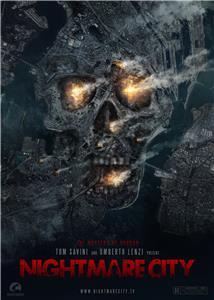
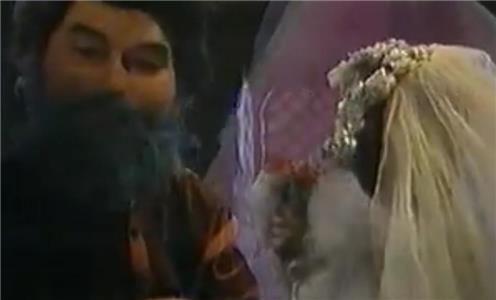
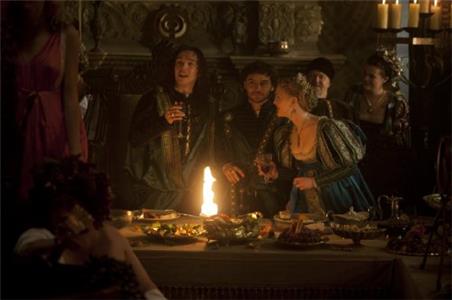

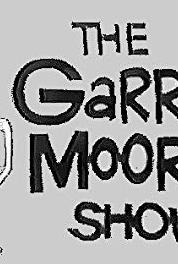
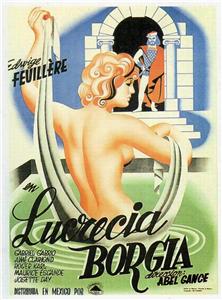
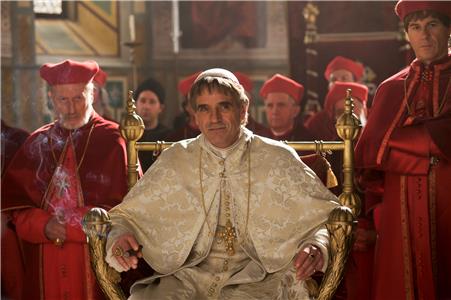
User reviews